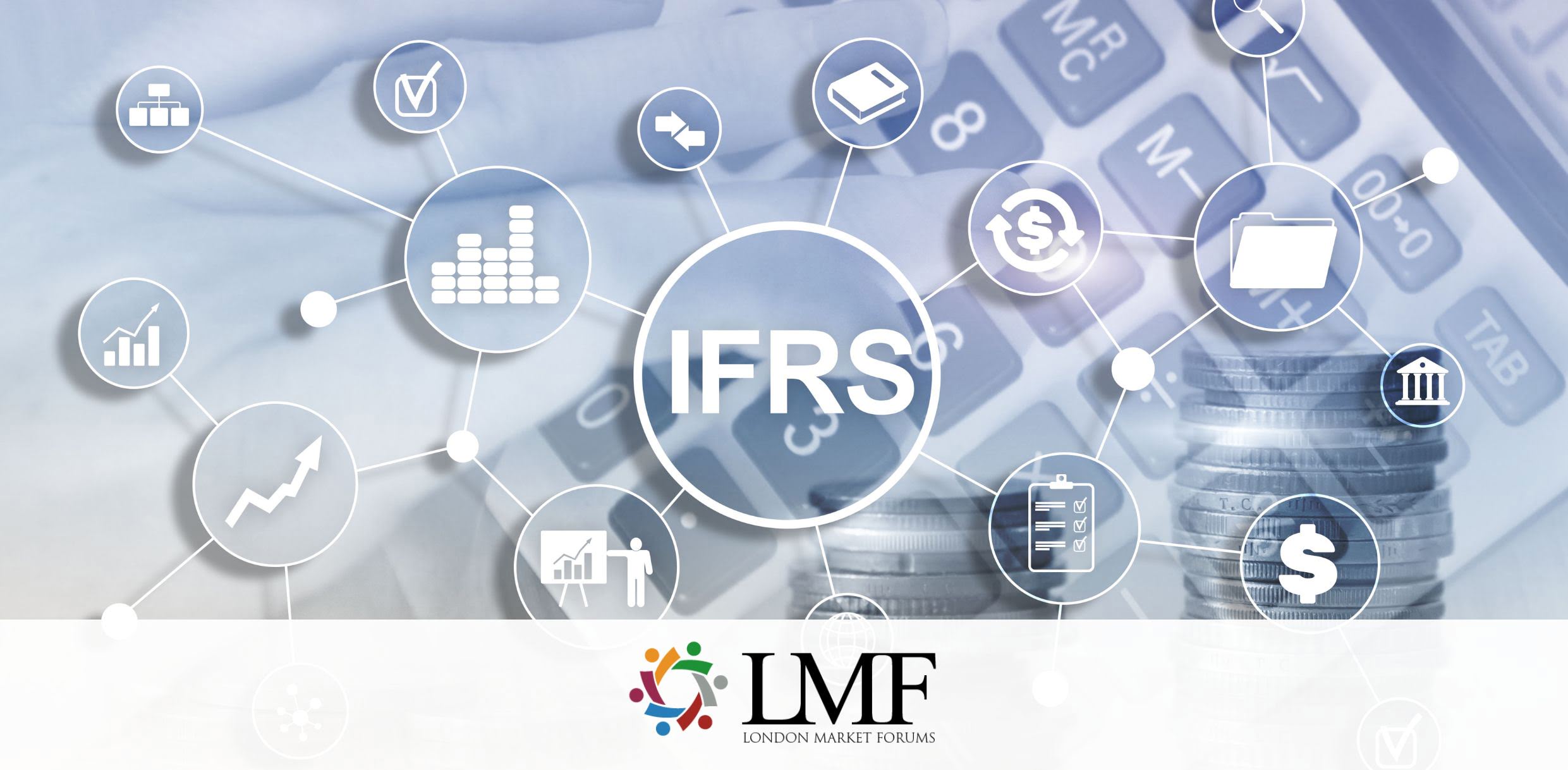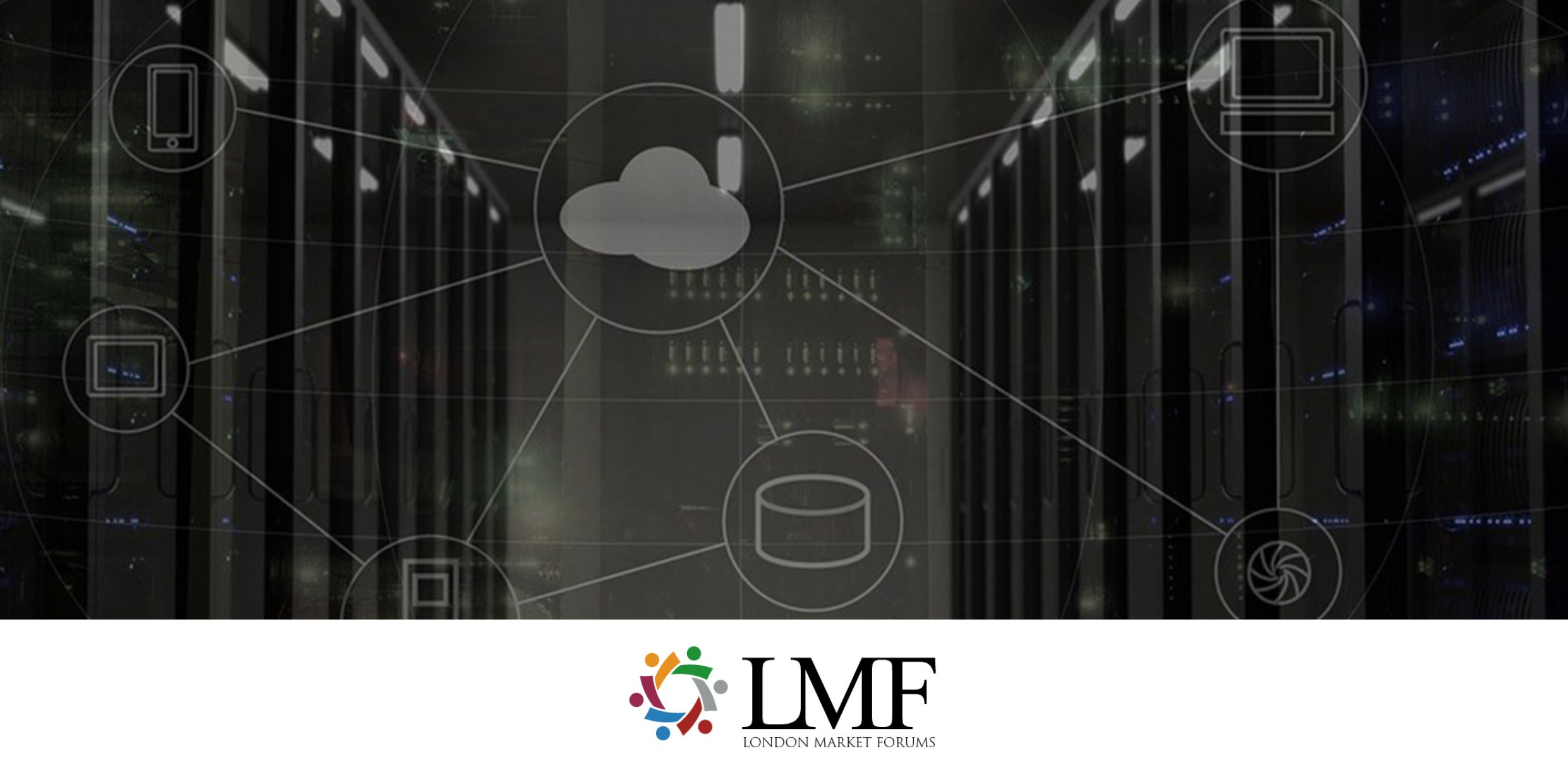"Successful businesses keep customers at the heart of what they're trying to achieve,” Nick McCowan, Post Office’s Head of General Insurance, told delegates at the this years’ Earnix Excelerate event in London. He continued by explaining how, as an organisation delivering a vital public service—mail—to the people of the UK, it’s in Post Office’s DNA to go the extra mile in its insurance business, too.

Client centricity should be a top priority for any leading insurer in the current environment with Risk Managers of Corporates looking for more personal connection with their clients.
Yet delivering solutions to attract, satisfy, and retain clients is getting harder as client expectations continue to change and evolve with each new generation.
At the same time, the inflation and cost-of-living crises are making insurance buyers even more price-sensitive. As Earnix CEO Udi Ziv pointed out in his opening address at the event, this is contributing to record declines in end-customer retention in several countries for the entire insurance industry.

Technology Can Help
Technology can play a significant role in addressing these challenges by helping insurers create better users experiences and increasingly personalised products and offers. Leading insurers are also harnessing automation capabilities to streamline the client journey and deploying intelligent operational systems to optimise internal and external data to make better underwriting decisions and pass more benefits onto consumers.
“Data becomes an asset, especially when it is used to understand the customer and how to construct our propositions better,” said Agnieszka Wrońska, CEO of rapidly growing Polish insurer Link4. However, Wrońska suggested that while many insurers may be “customer centric by declaration,” many still don’t put the client first or think of them as their main KPI.
“As an industry, we are not in the shoes of the people. We still think like insurance people when we try to optimise insurance processes,” she said. “Simplicity is what the customer needs—getting what they need with the least effort.”
Connecting with ‘Gen-K’
However, it is also vital to retain a balance between digital efficiency and human touch. “Tech doesn’t always deal well with emotions,” Wrońska said, pointing out that empathy and clear communication are key in both sales and claims. This means that personal contact is still an important part of any good digital insurance offering.

In fact, according to renowned author and economist Noreena Hertz, the next generation of insurance buyers may value human support and traits like empathy in their buying experiences—far more than many people might assume. Something Risk Managers of Corporates need to be aware of.
Don’t sacrifice community for a contactless experience,” Hertz warned in a keynote address outlining her research into people born between 1997 and 2007—the generation she has dubbed ‘Gen-K’ for their parallels with Hunger Games protagonist Katniss Everdeen.
Unlike millennials, Gen-K have grown up in an era of economic and social peril, from the financial crash of 2008 to the pandemic, climate change, war, terror attacks, and misinformation—all played out over social media. As a result, they are desperate for empathy, reassurance, and support.
In a world of “tech, downturn, and danger, Gen-K are anxious about the future, isolated, and lonely,” Hertz explained. As well as craving human connection, they are also financially prudent and “desperately cautious,” she said.
At the same time, these young people—who already represent billions in insurance buying power—are extremely ethically-minded consumers and a generation of creators. “Gen-K don’t want to buy stuff. They want to design and put their own stamp on the products and services they consume,” Hertz explained.
Key Takeaways
So, what does all this mean for commercial insurers? The first consideration is to connect with the next generation where they congregate. “Wherever the digital campfires are where Gen-K clients are hanging out, are you there? Not just social media but also the metaverse,” Hertz said, giving examples of several financial services firms that have already launched virtual reality services.
To win the business of a price-sensitive generation, insurers also need to be agile and creative with their premiums, enabled by intelligent pricing and underwriting systems. Insurers could also consider ways to leverage Gen-K’s willingness to share data in return for lower rates. However, transparency and trust is key with this generation, so if premiums must rise, it is important to explain why, she added.
It is also vital for Risk Managers of Corporates to find ways to drive engagement by identifying micro-communities, fostering connections between customers, bring gamification into product design, and enabling clients to co-create their own personalised solutions.
“If you build it, they will come. If they build it, they will stay,” Hertz said. “While it is true Gen-K expect you to come to them, don’t take this as permission to do away with the human touch.”

Adrian is Earnix’s EMEA Director. He joined in the Summer of ’22 with a wealth of experience having held a number of senior positions at SSP during his 17 years career there. He started his career at A- Plan Insurance, where he held the position of Branch Manager for 9 years.

















